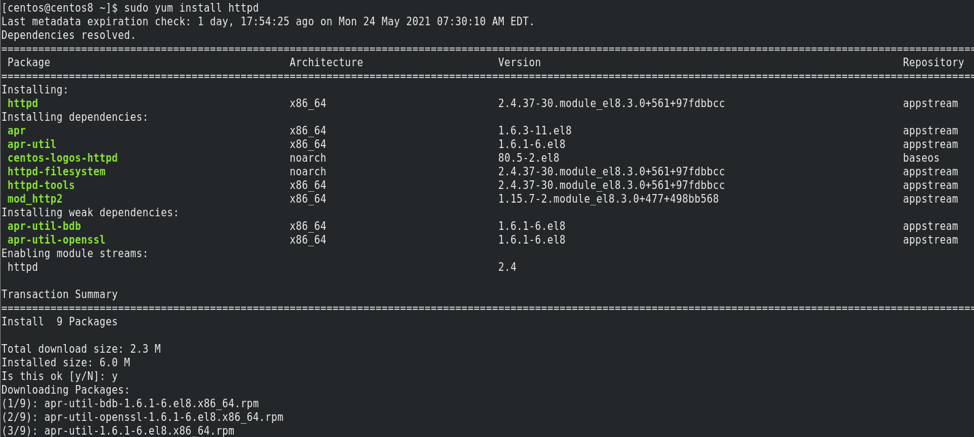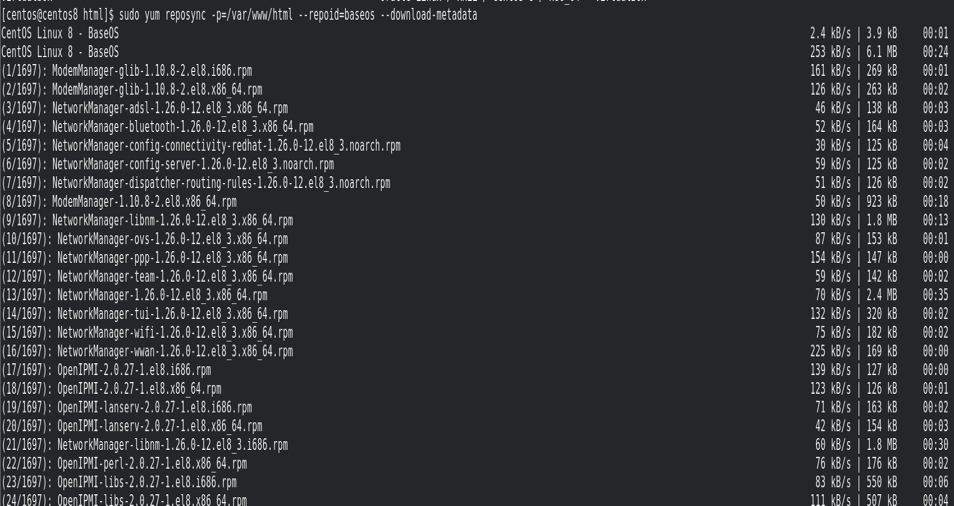

Step 7 : Create Repo using createrepo command. Step 6 : Install create repo rpm, you can find the rpms in the localrepo directory ~]# cd /var/localrepo/CentOS-Stream-9-BaseOS-x86_64/AppStream/Packages/ Packages]# ls createrepo_c-*Ĭreaterepo_c-0.17.86_64.rpm createrepo_c-libs-0.17. Packages]# rpm -ivh createrepo_c-0.17.86_64.rpm createrepo_c-libs-0.17.86_64.rpm Verifying… #

Step 5 : Create a softlink to the iso image ~]$ sudo ln -s /run/media/root/CentOS-Stream-9-BaseOS-x86_64 /var/localrepo/ Step 4 : Create a directory to act as the local repo ~]$ sudo mkdir /var/localrepo Step 3: Check again to ensure the ISO image is mounted ~]$ sudo lsblk Step 2 : Mount the ISO image from your hypervisor settings Step 1 : Login to you system and run the lsblk command to check the partitions You will need the ISO image for your OS present on the base machin on which hypervisor is running If your instance is a virtual machine and you have access to the hypervisor console (Oracle Virtual Box, VMware or any other) then you can simply mount your ISO image and directly create a local repo. Using ISO image copied to your linux instanceįurther the local repos can be mounted on an FTP to allow it to be used across your local network Using ISO image available as mounted partition.Using ISO image available as mounted partition on your linux instance.Local Yum Repositories can be setup in varous ways depending upon the level of access and need. In such cases you can use the ISO image file and setup your local yum repositories. While setting up your yum repo files you can face a scenario where you dont have internet access on your servers, in which case using public repositories will not be possible. To know more about yum commands and usage refer here YUM (YellowDog Updater Modified) is a package manager used for managing the installation, updating, and removing the software packages in a RedHat-based Linux system.


 0 kommentar(er)
0 kommentar(er)
